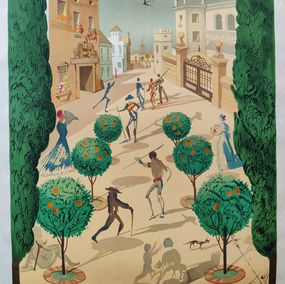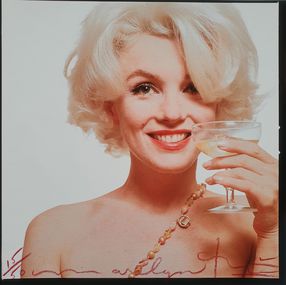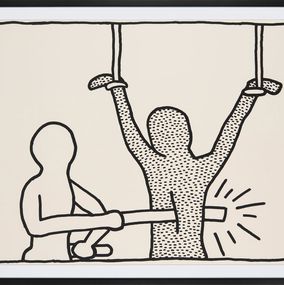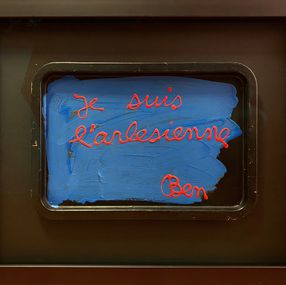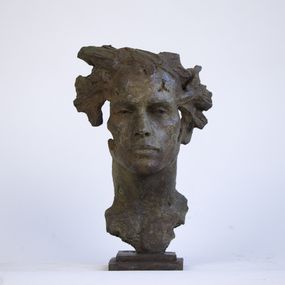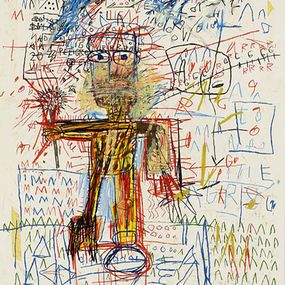
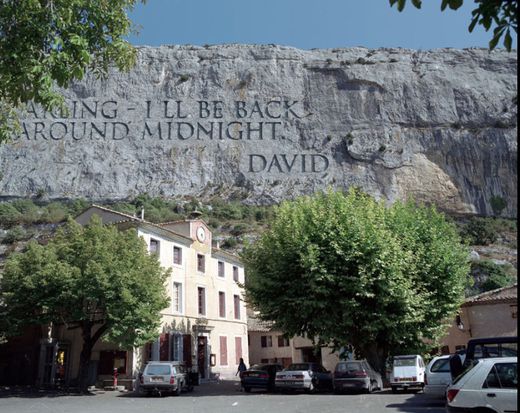
Biography
Wim Delvoye is a Belgian visual artist born in 1965 in West Flanders, in Wervik. He now lives and works in Ghent.
Wim Delvoye is a shocking and challenging artist. It mixes themes and subjects, tackling politics, religion, sexuality, social issues and others. He became known to the general public in 2000, with the creation of Cloaca. The Cloaca, or “poo machine", is like a real scientific laboratory which reproduces the system at work during digestion. By introducing food into the Cloaca, excrement comes out at the end of the chain. Wim Delvoye thus questions the consumer society, and is a key artist on the contemporary art scene in Belgium. Artist of everyday life, he proposed many other machines and representations.
Its last controversial release dates from 2010 at the Museum of Modern and Contemporary Art in Nice (Mamac). He then presented his exhibition "Drawings and models" on the theme of the crucifixion and Gothic architecture. Among his works and achievements are 7 tattooed pigs dead. The artist raised them on a farm near Beijing. While they were still piglets, he had them anesthetized and tattooed the entire length of their rump. The pigs then evolved at ease, treated in good conditions in this Chinese farm. Once dead, Wim Delvoye has them naturalized and repatriated to France for the exhibition. He wants to spark a debate on the consumer society and animal exploitation. The experience is controversial, and the Belgian artist drew the wrath of several animal defense associations, in particular that of Brigitte Bardot. Demonstrators are waiting for him at the entrance of the museum on the day of the inauguration.
Wim Delvoye describes himself as a regionalist artist. Defender of craftsmanship, he explores and questions the roots of his own culture. The artist remains anchored in his territory, and his art is inextricably linked to it.
Recently, he has been exploring the new world of modern technologies, notably through work on 3D printing and laser cutting.
Nationality
Artistic movements





